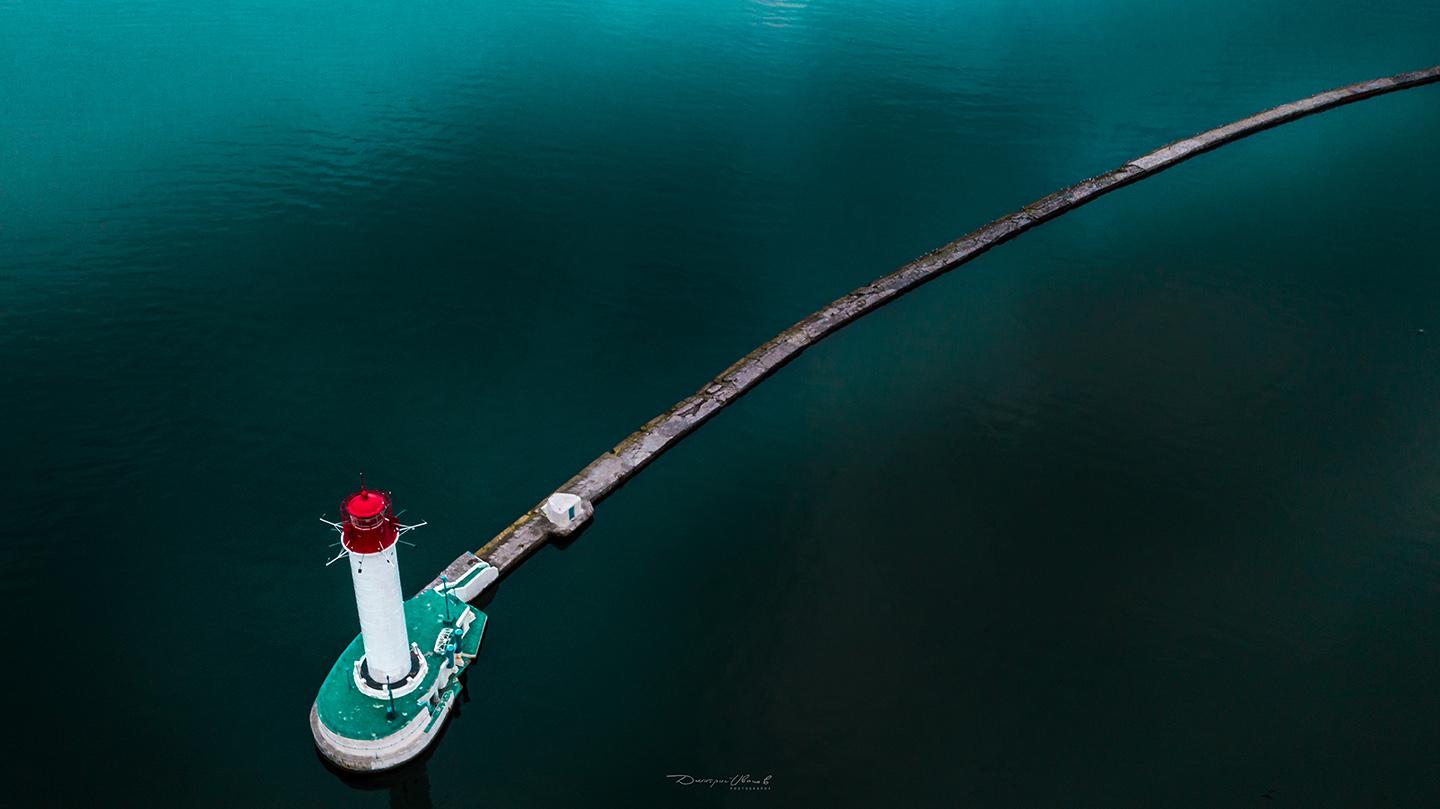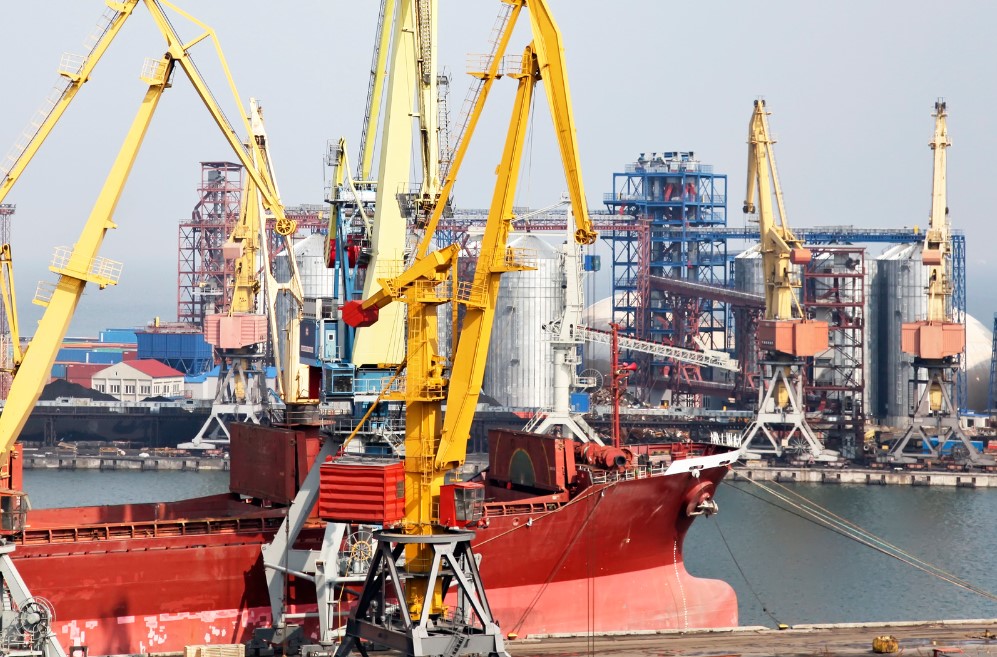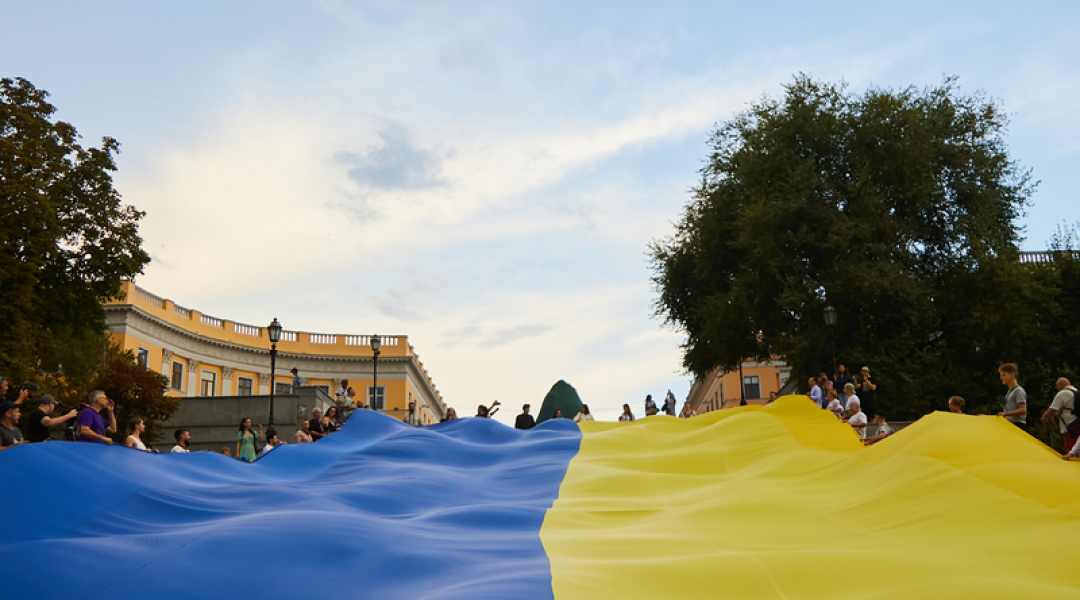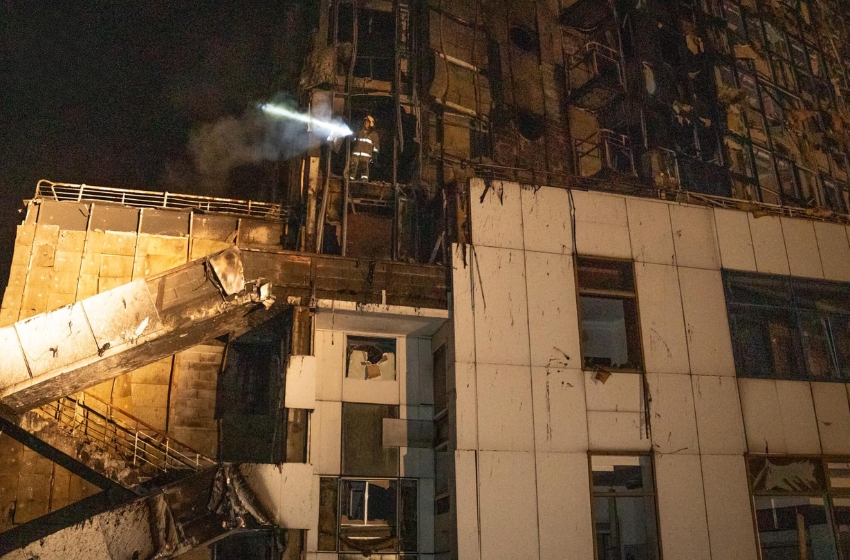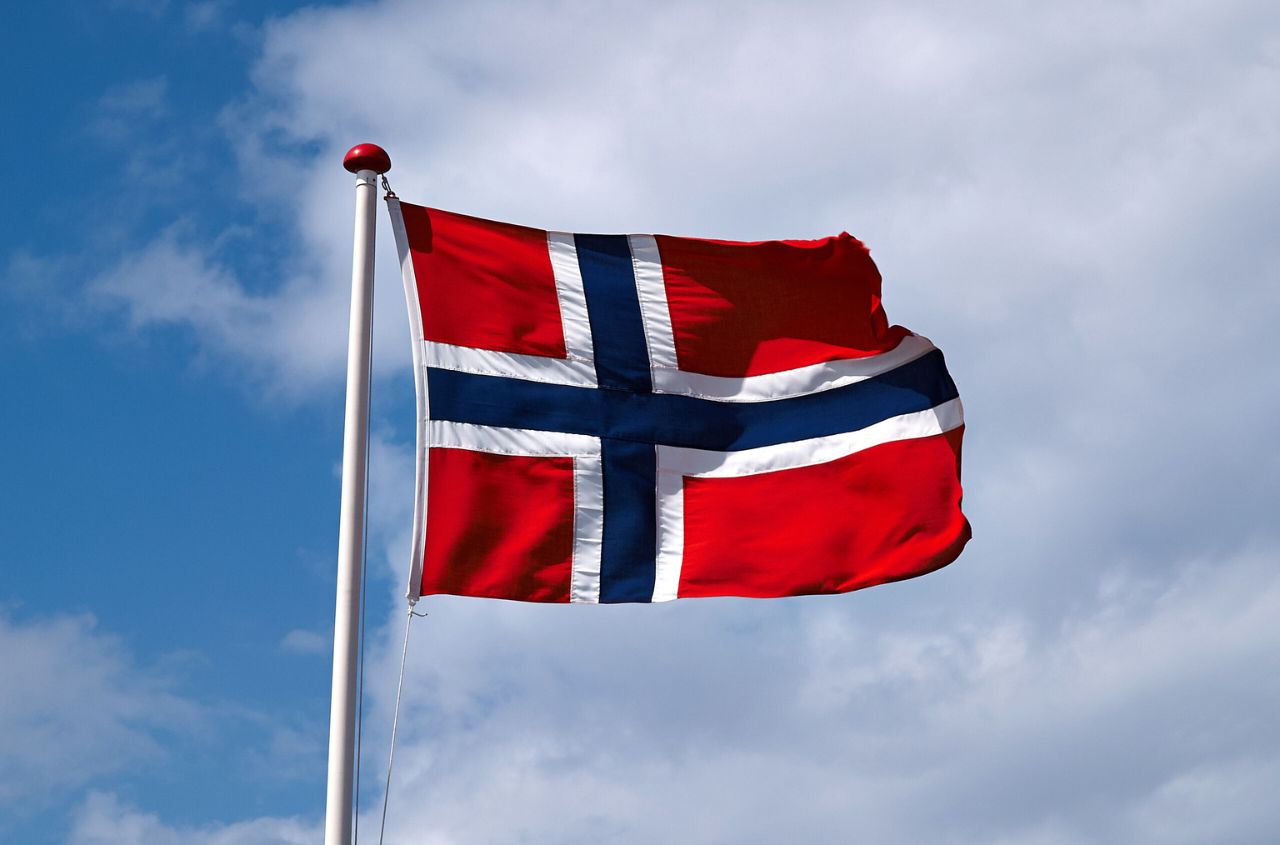

Our columnists Kate Bezpalova and Olga Grynko are the true city lovers, storytellers which turn creative sparks into narrative arcs.
Here is their piece about the shining history behind Odessa's Vorontsov Lighthouse
The Vorontsov Lighthouse as we know it today was moulded out of the cast-iron rings in Kronstadt, Russia, and exhibited on Odessa’s Reydovyy Mole in 1954. However, the main lighthouse of the Odessa Sea Port has several predecessors.
In the late 18th century, there was a gritstone lighthouse next to the Turkish fortress of Yeni Dünya. It was severely damaged during the Russian-Turkish War, so since 1795, the vessels calling at the Odessa Port were guided by the Khadzhybey Lighthouse, placed in the Western part of the Gulf of Odessa.
In the very early 19th century, another small lighthouse was established and in 1827 named after the renown Odessa’s Governor, Mikhail Vorontsov. This lighthouse was located a few miles away from the Sea Port – on the Bolshoy Fontan Cape. As the legend goes, the Moldovan nobleman Aleksandr Teutul would make bonfires in his mansion in the Bolshoy Fontan area to celebrate the gods of fertility. One day, the sailors mistook such a bonfire for a lighthouse lantern. The ship wrecked. The nobleman, desperate about the misfortune he had caused, donated 27 hectares of the sea-facing land for building a church and a lighthouse so as to prevent any such tragic accidents in the future. Besides, Teutul was very generous to the survived sailors. Meanwhile, the city authorities then headed by Prince Vorontsov, allocated the money for the lighthouse construction works. In 1827, the first lighthouse was mounted. Later on, it was somewhat re-located but it still operates. It is now called the Odessa Lighthouse.


During that time, the Port enjoyed rapid development and was in the instant need of a beacon at its entrance. This need became a booster for constructing the seaport lighthouse on the scarp in the Quarantine area (now the Park of Shevchenko) in the mid-1830s. This lighthouse was named after Duke de Richelieu, one of the city’s Founding Fathers. It didn’t last long, though, just like many other constructions made of wood. Besides, the growing port needed a lighthouse right at the entry to the port territory.
The first fixed-sited lighthouse was constructed on the outer extremity of the Quarantine Mole in 1845. It was a 26-meter-high octangular wooden construction comprising a tower and mast where the kerosene lanterns were fixed at night. In 1854, when the Crimea War started, the lighthouse was destroyed and then partially restored after the war was over.
In 1863, the wooden lighthouse was replaced with the 9-meter-high stone tower, crowned with the lantern. On November 8, 1863, to observe the Russian Orthodox tradition, the new lighthouse was blessed. On this very day, in the downtown of the city, in Soborna Square, the monument to Prince M.S. Vorontsov was unveiled – this is the reason why the lighthouse was named after him.
In the late 1870s, the Quarantine Mole added up the Reydovyy Mole. Back then, the lighthouse was blinking from the platform on Primorskaya street at the foot of St. Nicolas Church. This first Vorontsov Lighthouse is said to have been dismantled – and re-installed in 1898 elsewhere, namely 5 kilometres away from the Sarych Cape on the Crimea Peninsular. There, the lighthouse is still operative. This historical fact is a matter of controversy but, comparing the designs of the two lighthouses, one can’t fail to notice they are simply identical.


The second Vorontsov Lighthouse was established on the outer extremity of the Reydovyy Mole and blessed in November 1888. It was a 17-meters-high cast-iron white tower. The lighthouse was equipped with a French light-optical device and generated the rotating light with the red-colour flashing every 60 seconds. Its visual pick-up range was 13.7 nautical miles. This was one of the world’s first electrical lighthouses. In the early 1880s, out the world’s half a thousand of lighthouses, as few as 14 were electric-powered. Three decades later, the lighthouse was equipped with a compressed-air siren. The facility served as a beacon to the port entrance for over half a century. In the mid-September 1941, during the defence of Odessa against Nazi troops, the lighthouse was blown up to destroy a landmark for the enemy’s aviation and artillery.
After the WWII, on the lighthouse shambles, a wooden mast with an acetylene lamp was placed – it was in operation until the current lighthouse was raised.
Today's Vorontsov Lighthouse with bearings Lat. 46.496564°N, Long. 30.760053°E is an active aid to navigation. It’s a white cylindrical tower with a red lantern. The flashing red light is exhibited at an elevation of 27 metres and its distance of visibility makes 15.5 nautical miles. The lighthouse is electric-powered and equipped with the rotating construction that provides the one-million-watt white light. The lamp is of 100,000 candle-power units with a total red-flashing range of 12 seconds – three flashes of 0.33, 0.34, 0.33. So, the navigation officers recognise Fl (3) R 12s (i.e. a flashing light is visible for a short period of time and then obscured for a longer one) and the citizens can see three red flashes every 12 seconds.
Odessa is called the Sea Gate of Ukraine, still people hardly ever give a thought to the fact that all the ships calling at the Port of Odessa these days are guided by the posts of these proverbial gates: the lights of the two Odessa lighthouses.



Seafarers take bearing on two leading lights and keep them align in one vertical line one above the other. The front light is the Vorontsov Lighthouse, while the rare light is exhibited from the Odessa downtown. It is located on the roof of the building at 5, Preobrazhenska str. Its elevation is 54.9 metres and the distance of visibility is 18 nautical miles. The latter is always on to ensure the safe passage to Odessa. The distance between the two lighthouses is 1.2 nautical miles. The accurate bearing and these two lights in line safely lead through the entrance to the harbour.
Despite the Vorontsov Lighthouse has long ago switched to the remote-control mode, the Lighthouse Keeper Ivan Tsykhovich, 87, has been coming over to check up the lighthouse’s smooth operation for 65 years now. He adheres to an old belief that if any shipwreck should occur, the Lighthouse Keeper is supposed to be sent to the life-long service at a forced-labour camp with no charge or trial. On the foggy days, the citizens of Odessa can hear the voice of the foghorn even in their apartments, while at sea, this sound can be distinguished at a 3-nautical-mile distance.
To be continued...

Photo credit: Lotsia & Dmitriy Ivanov









